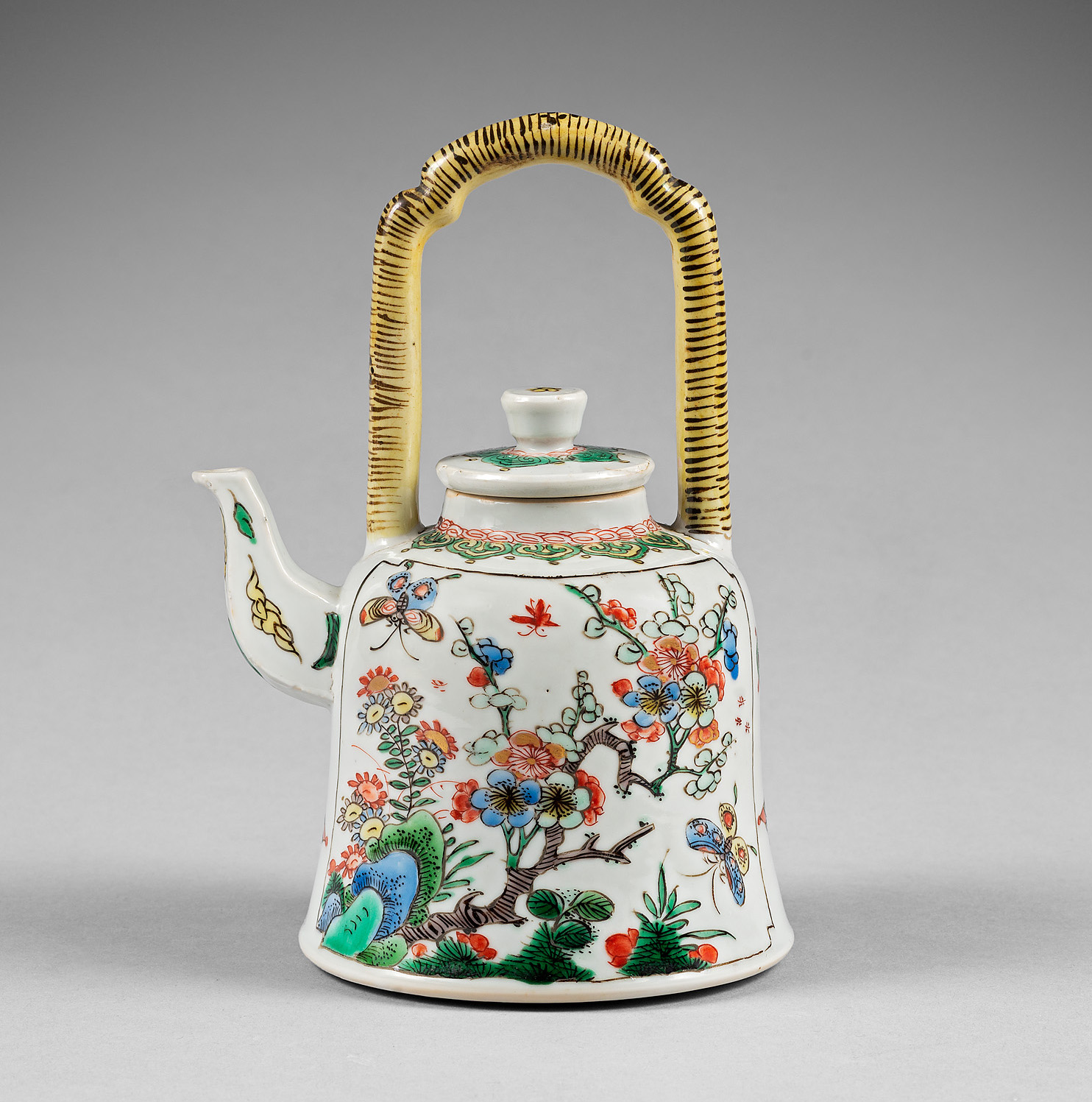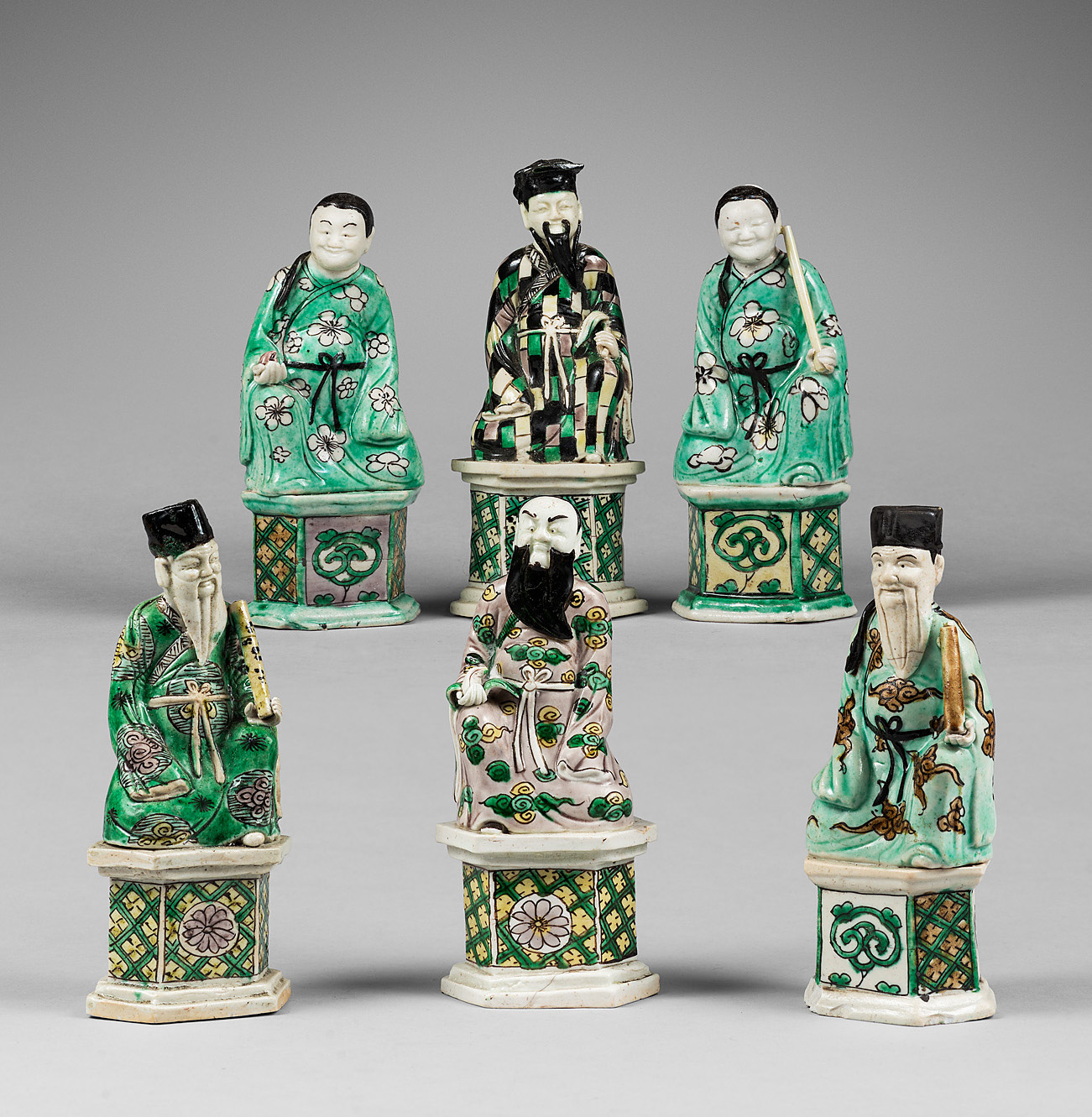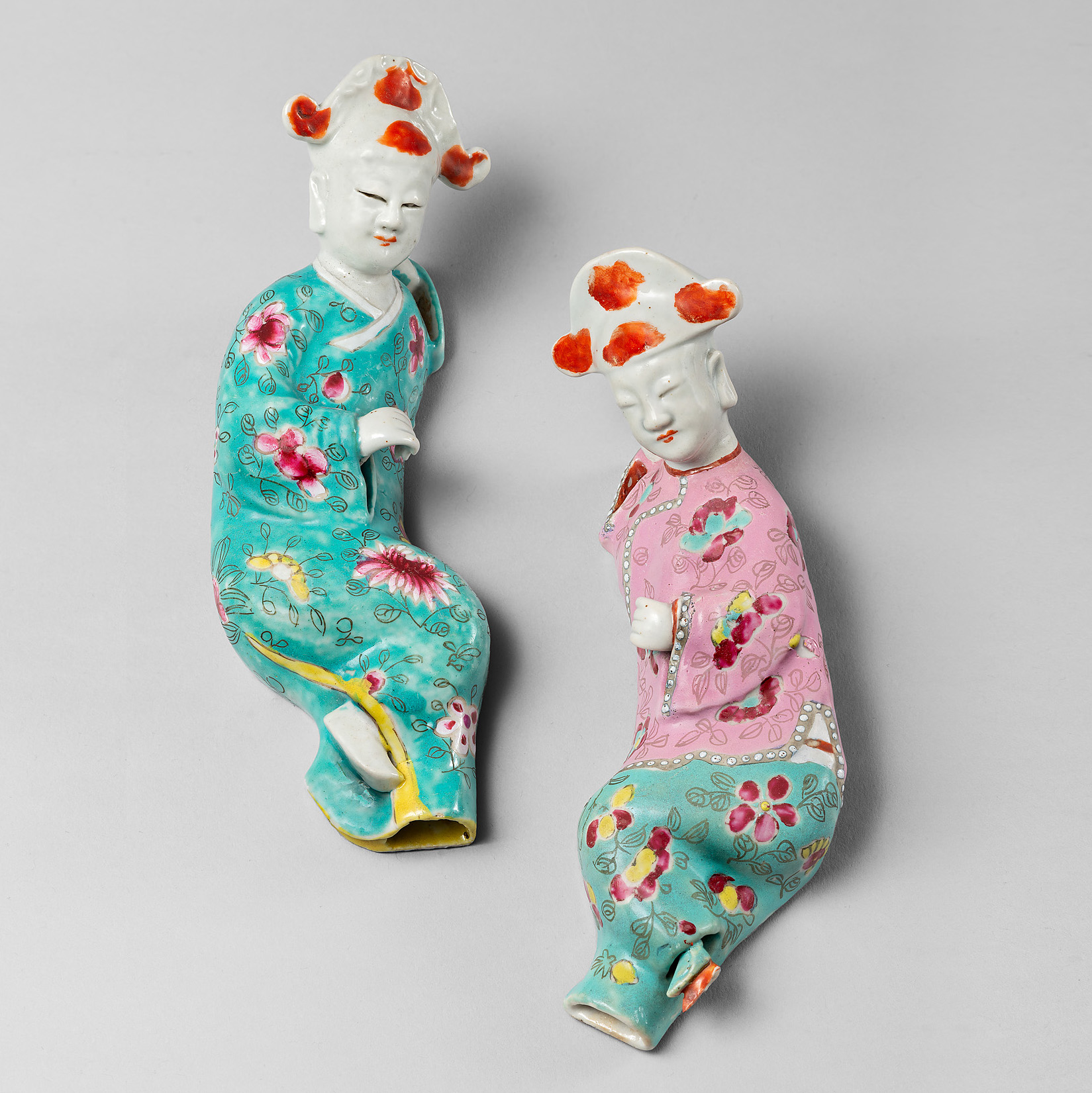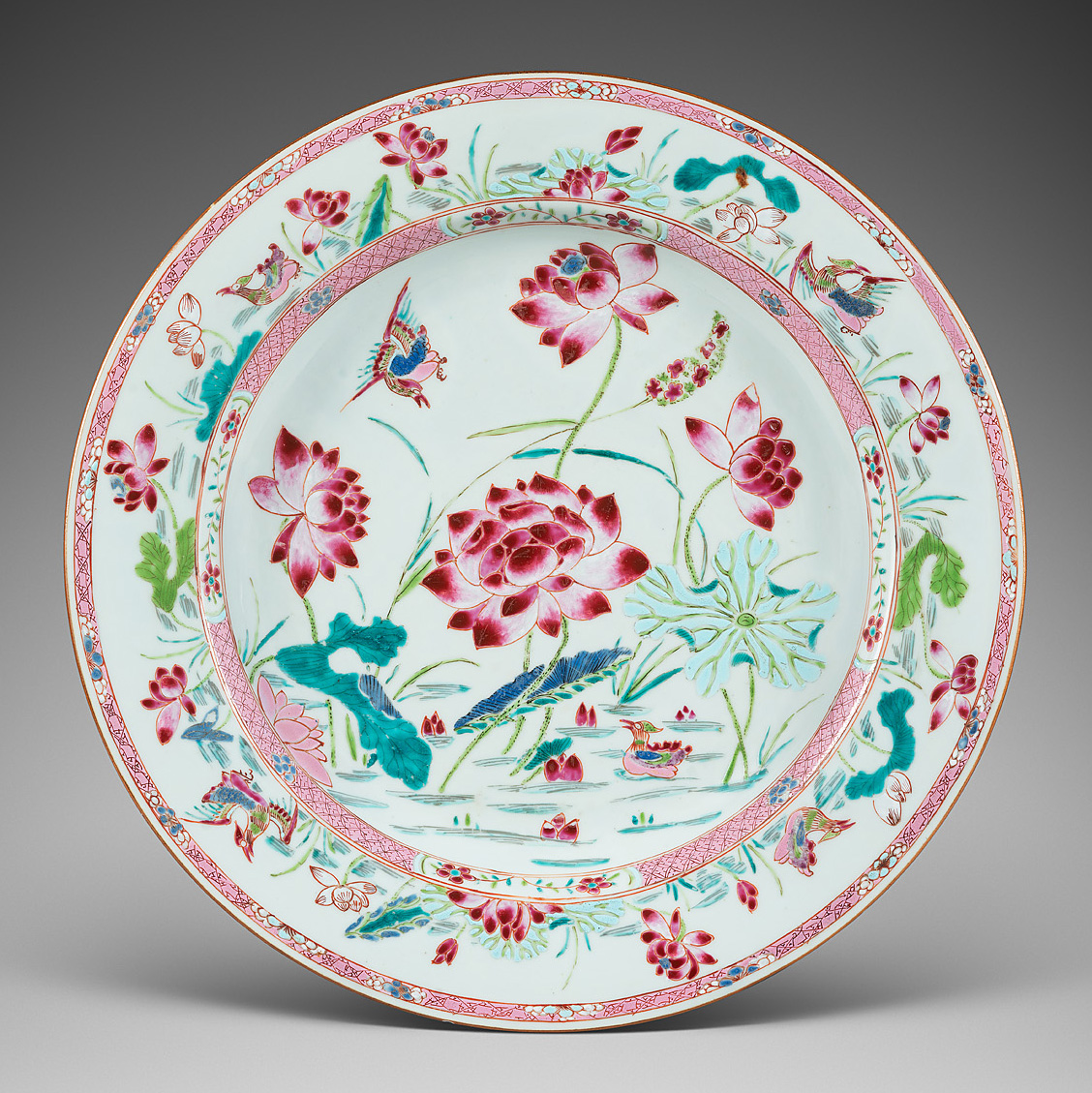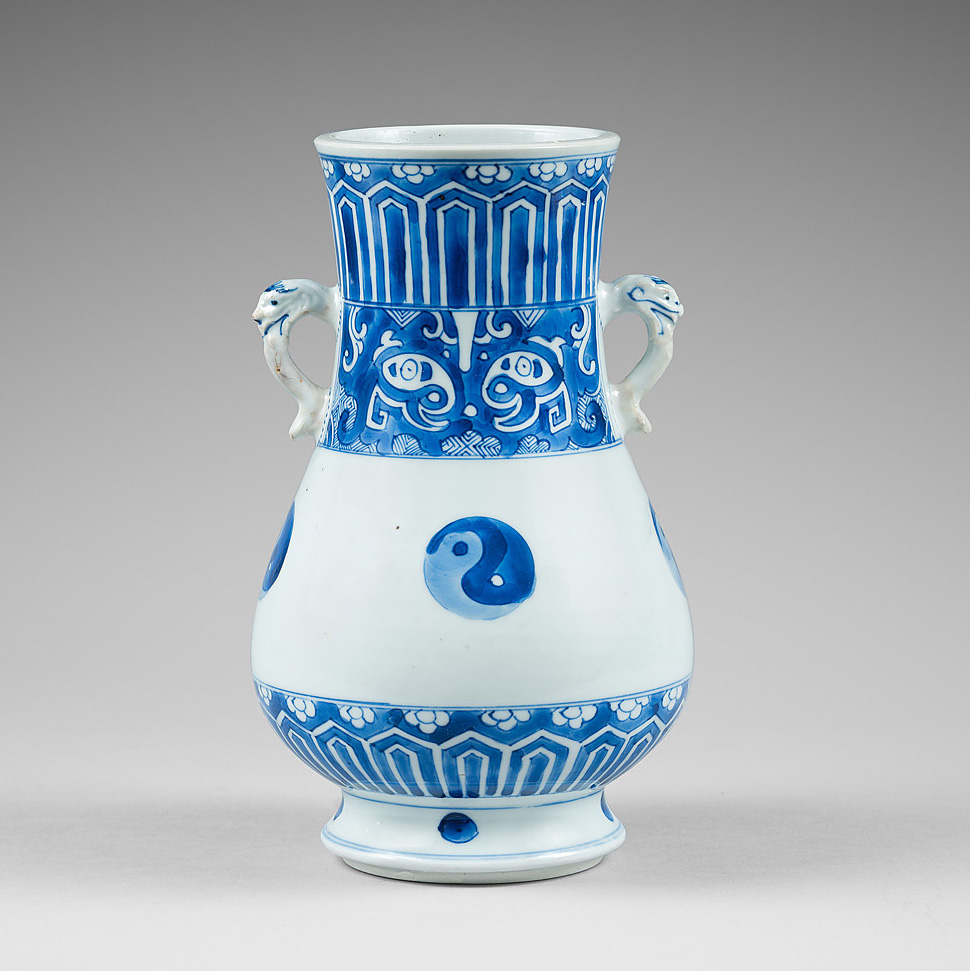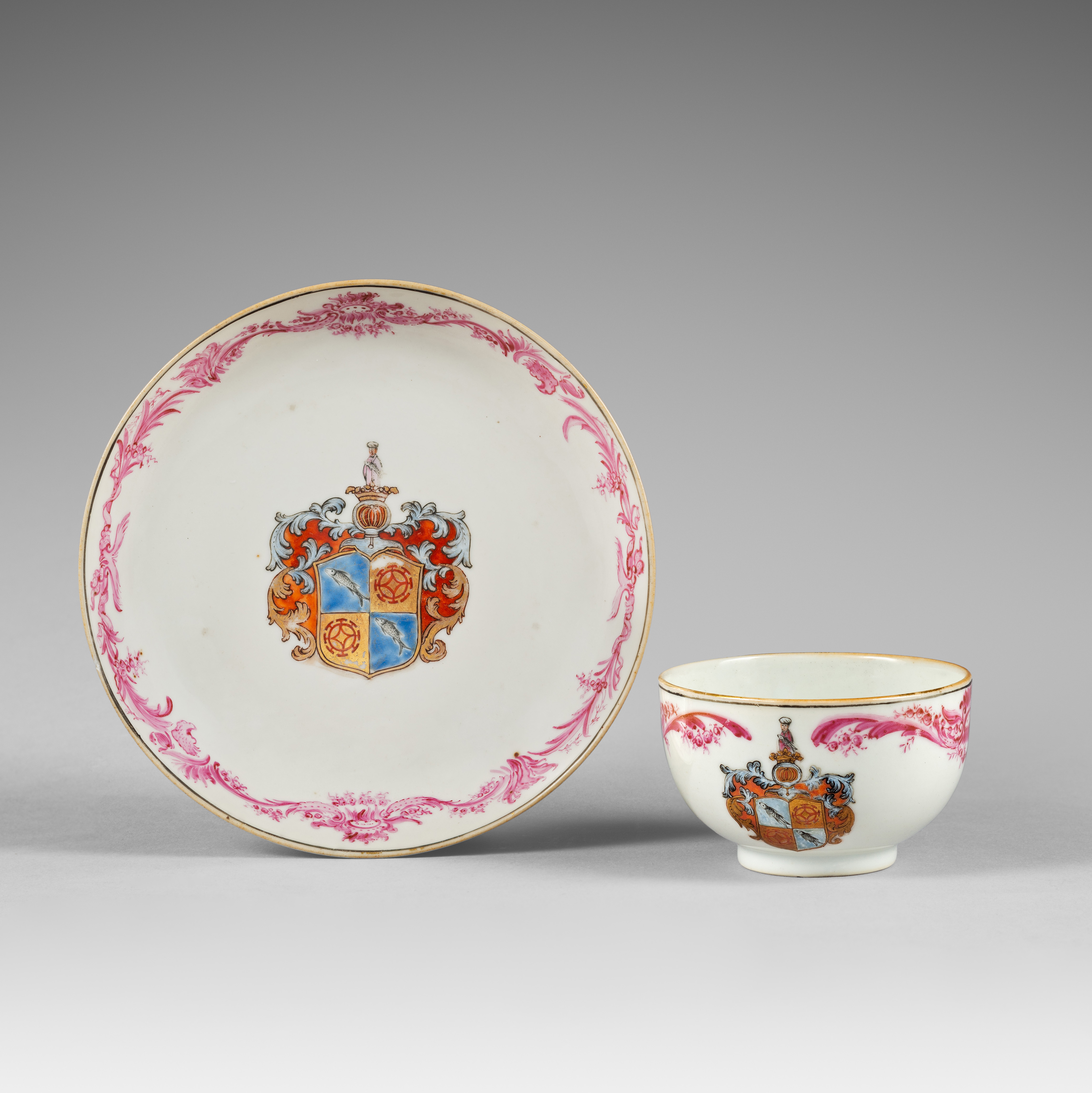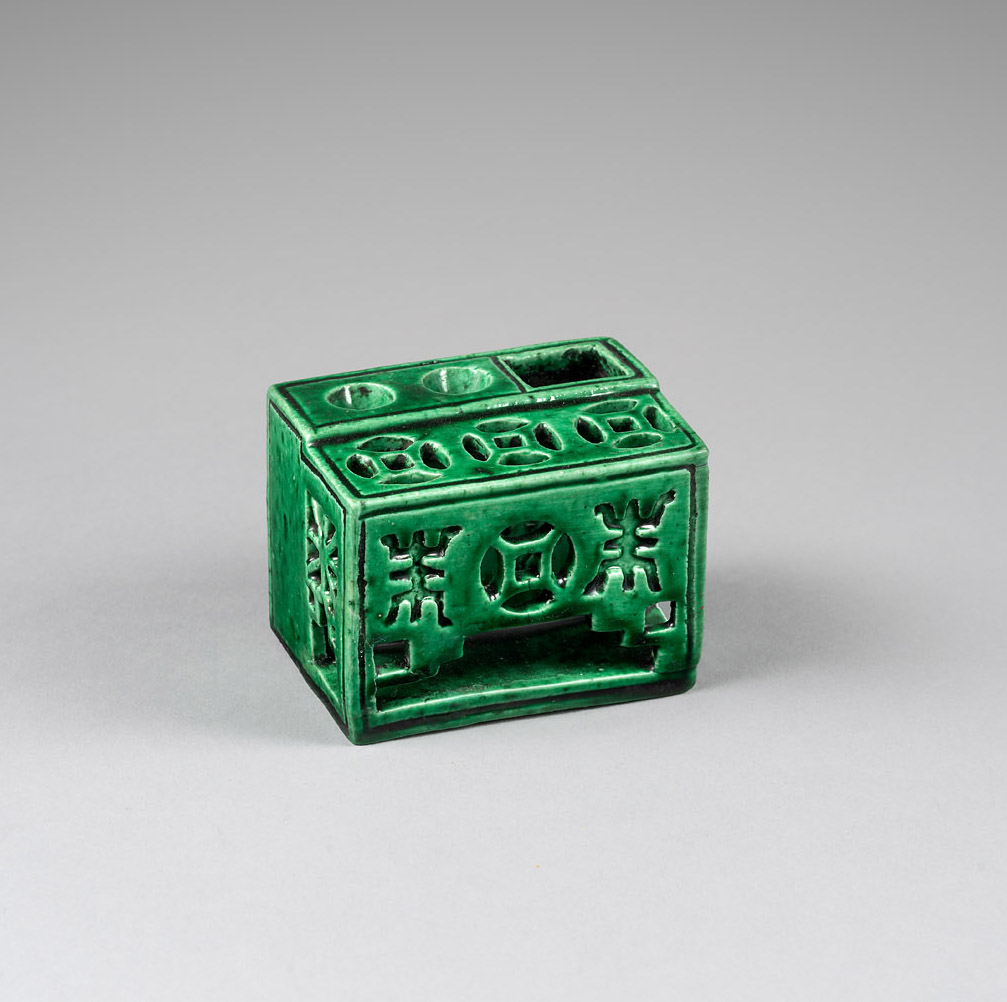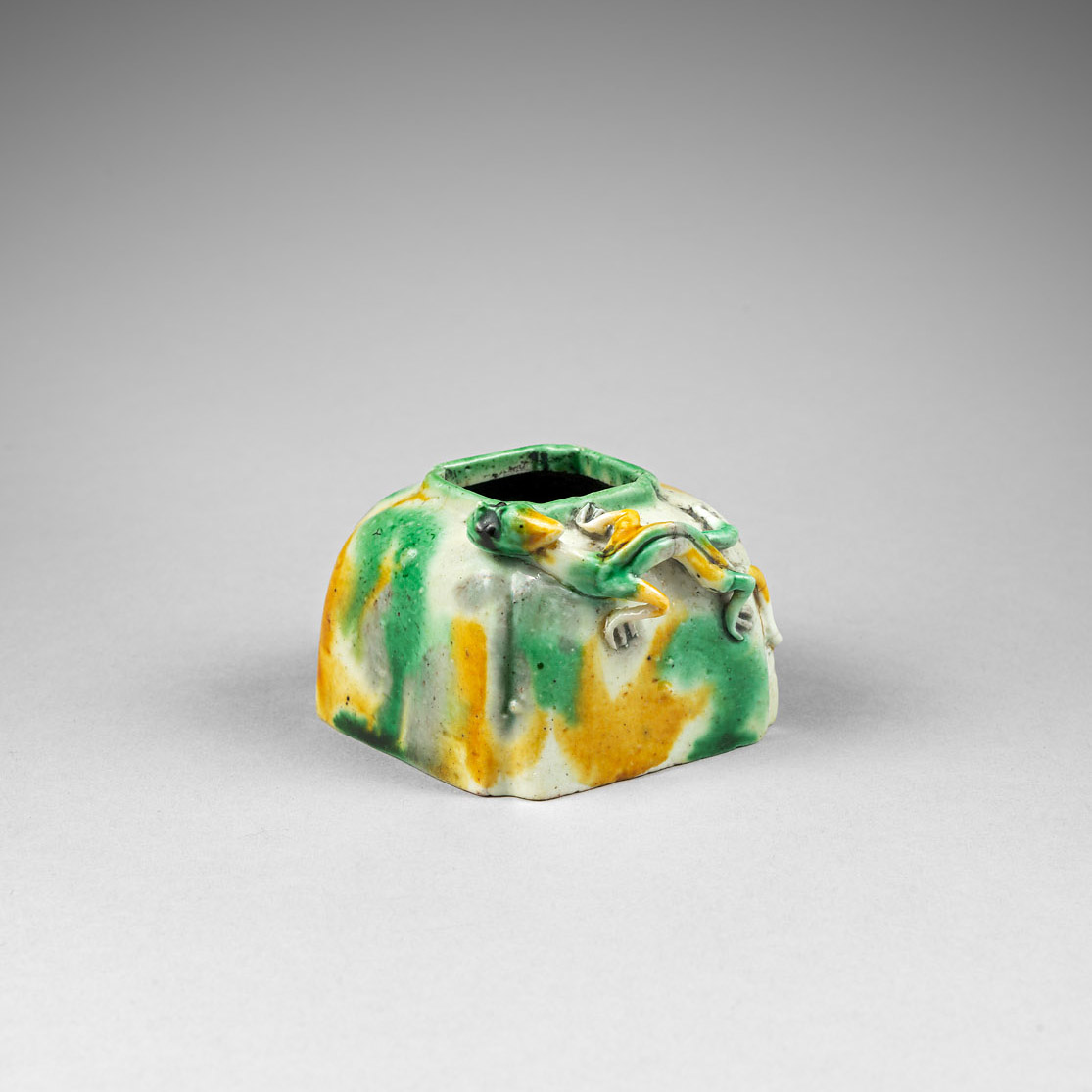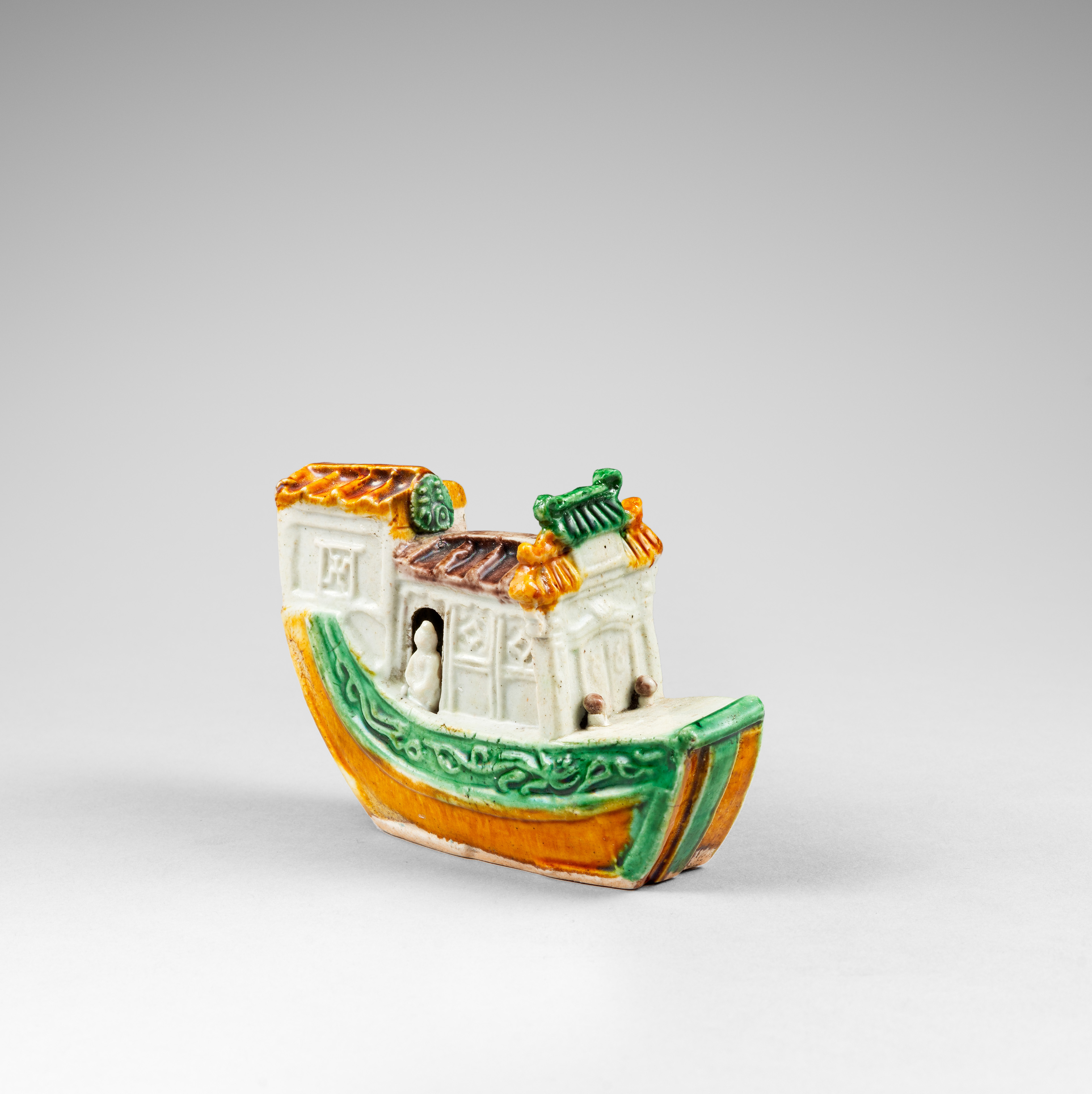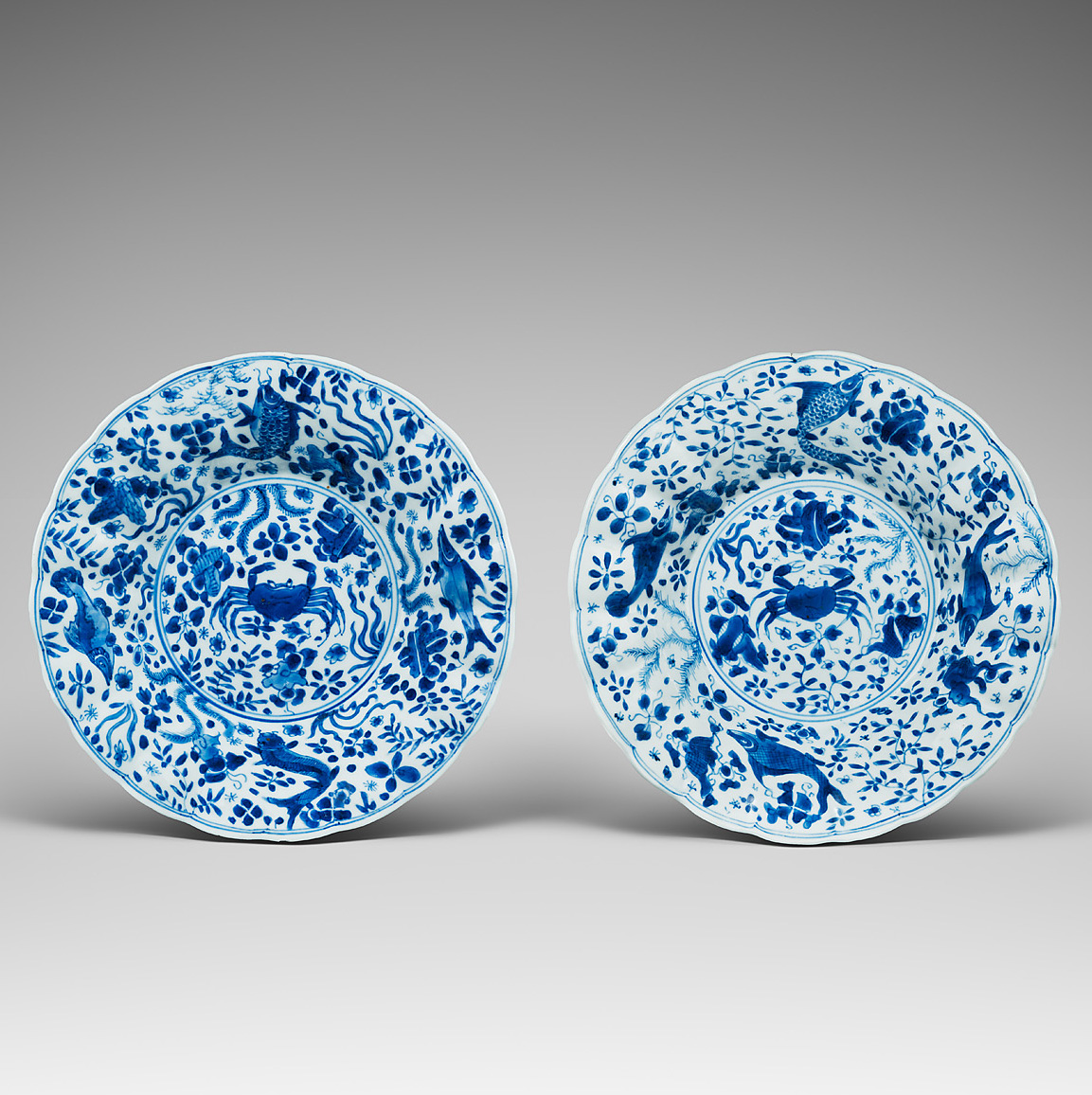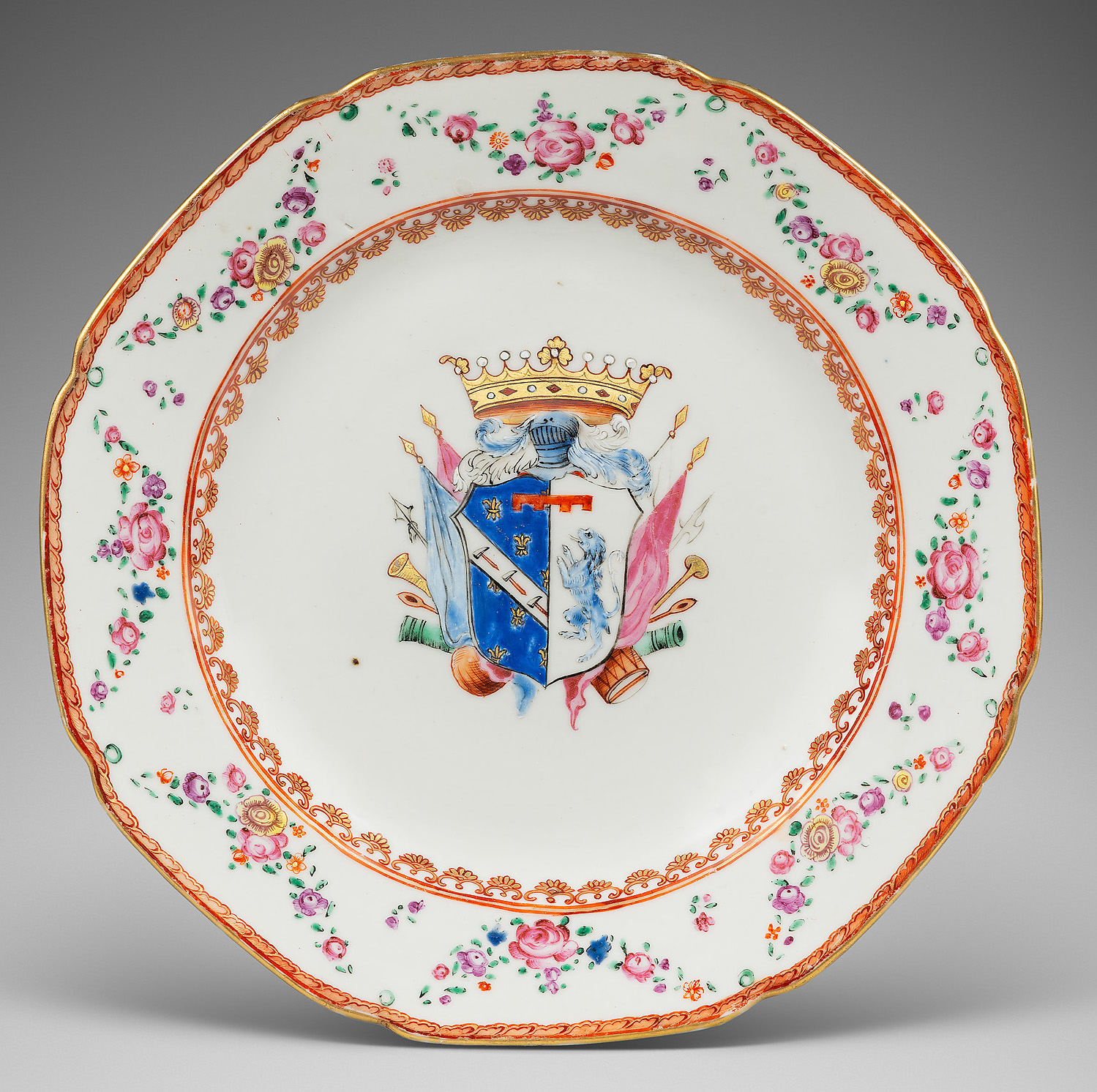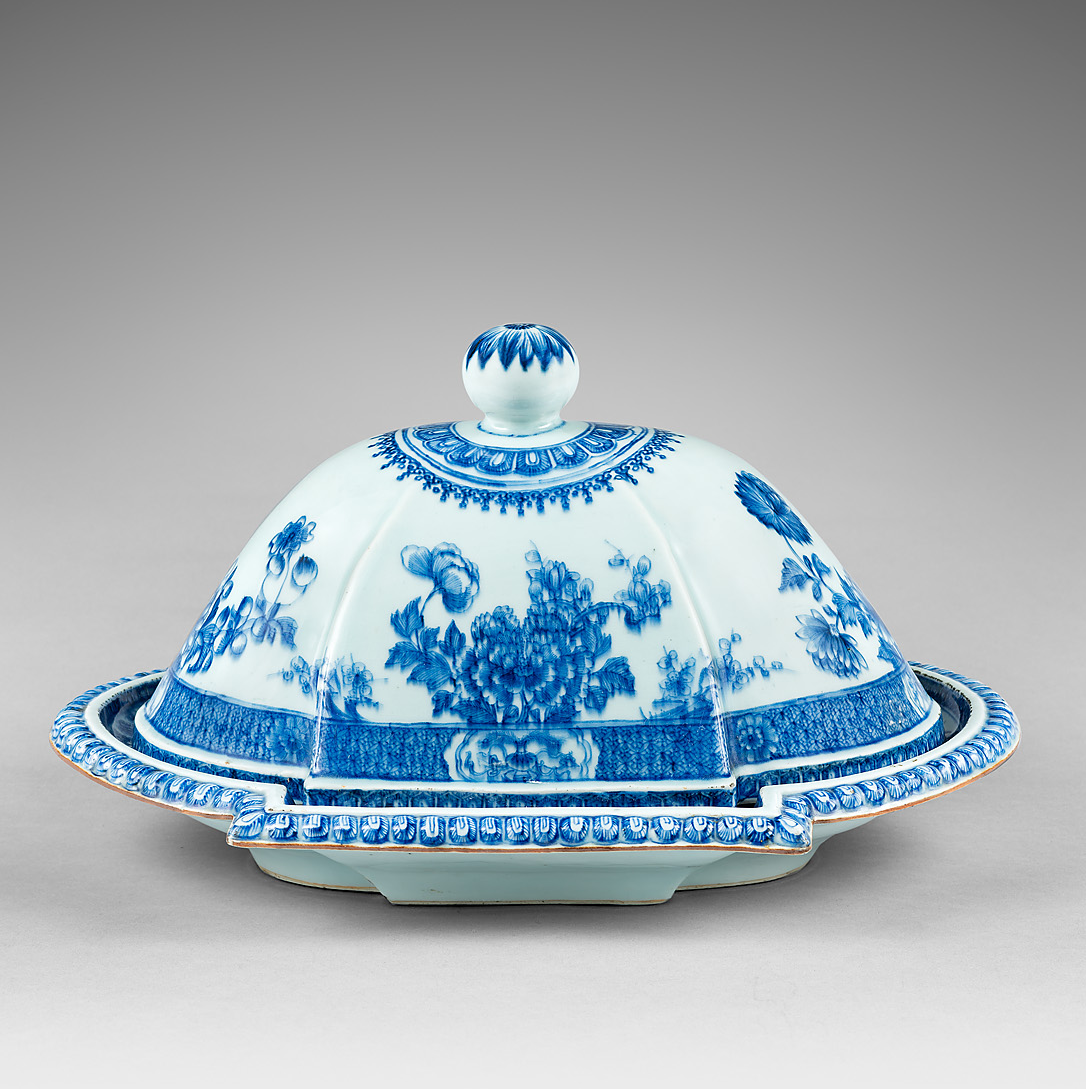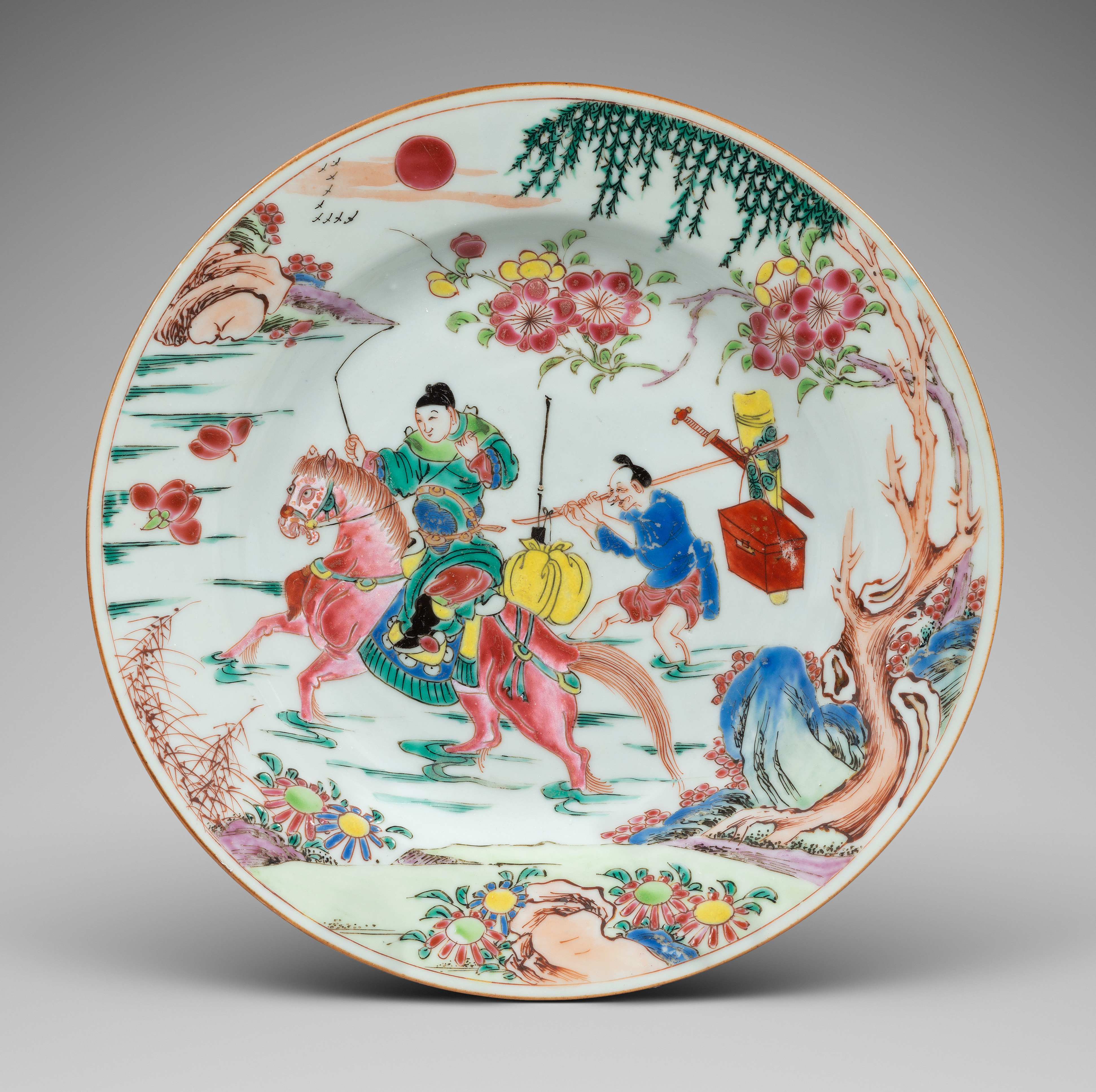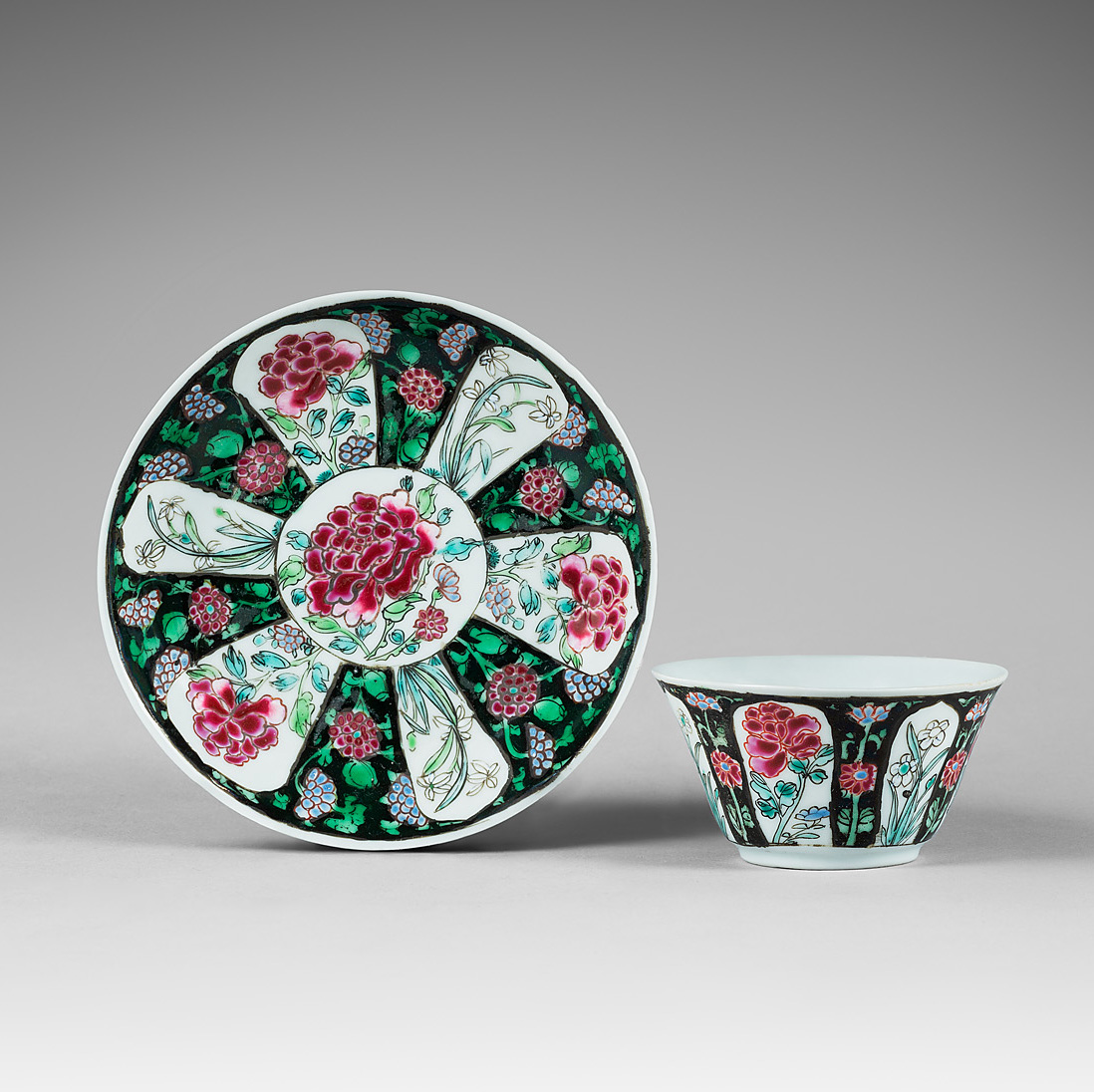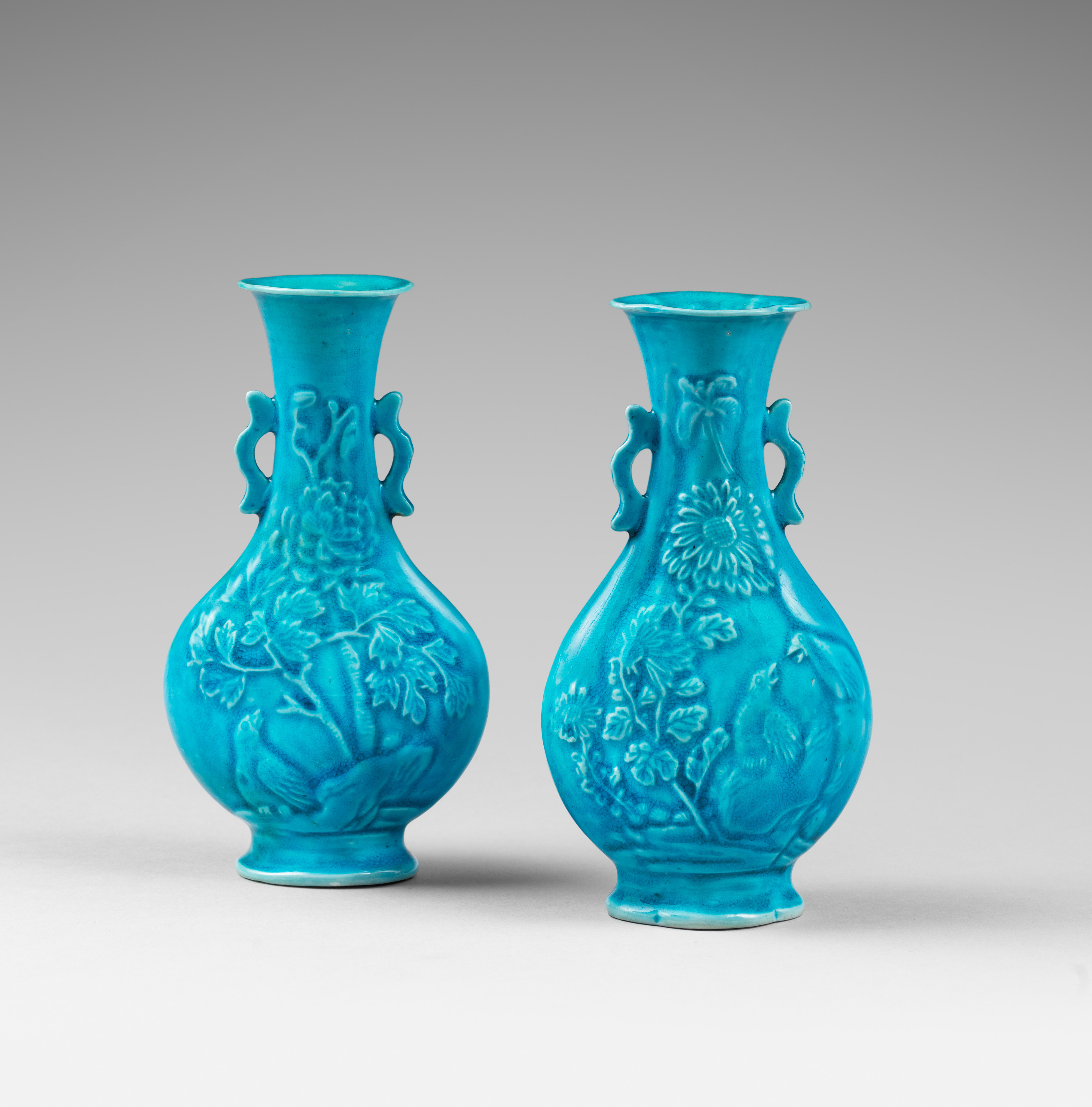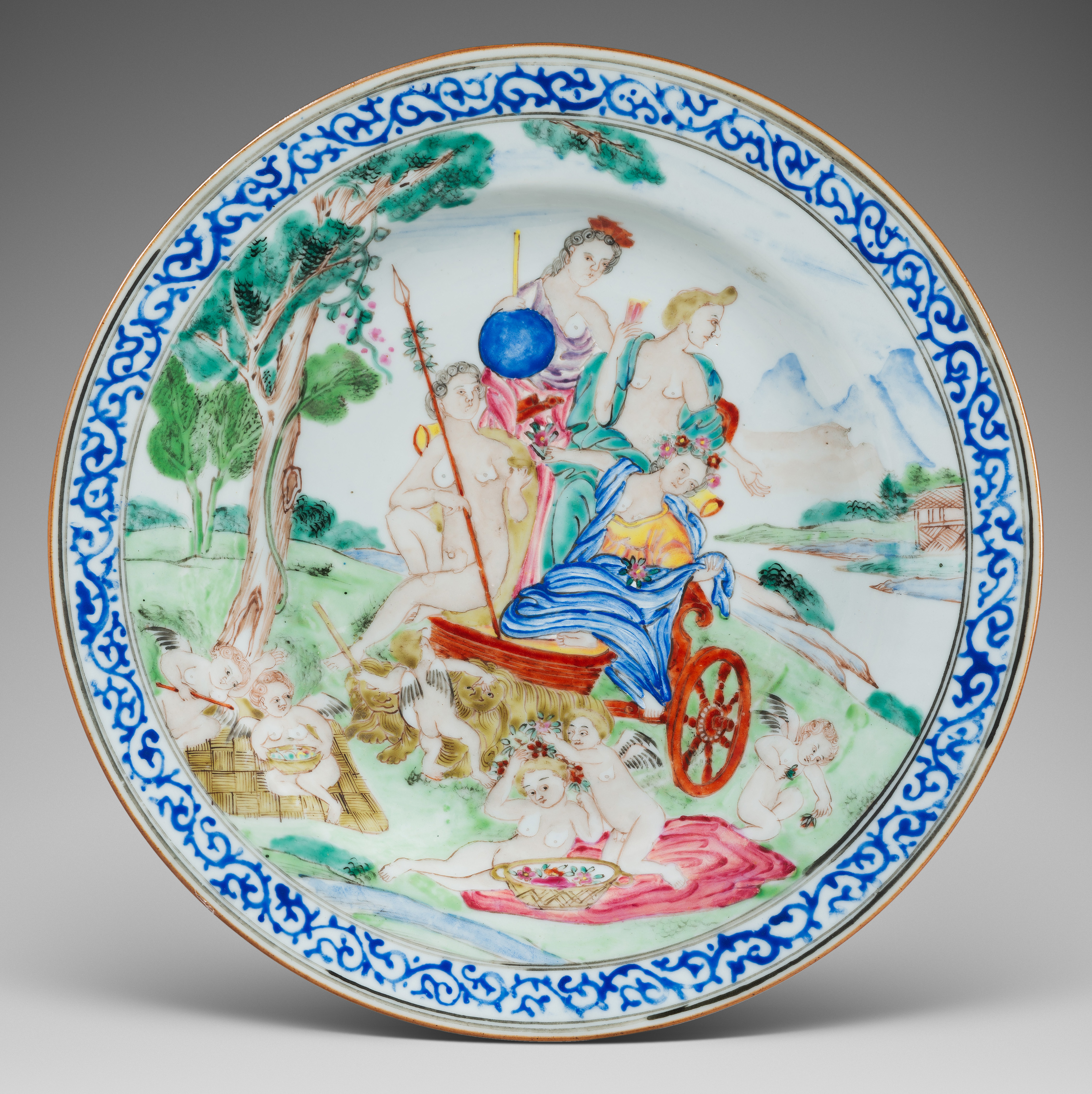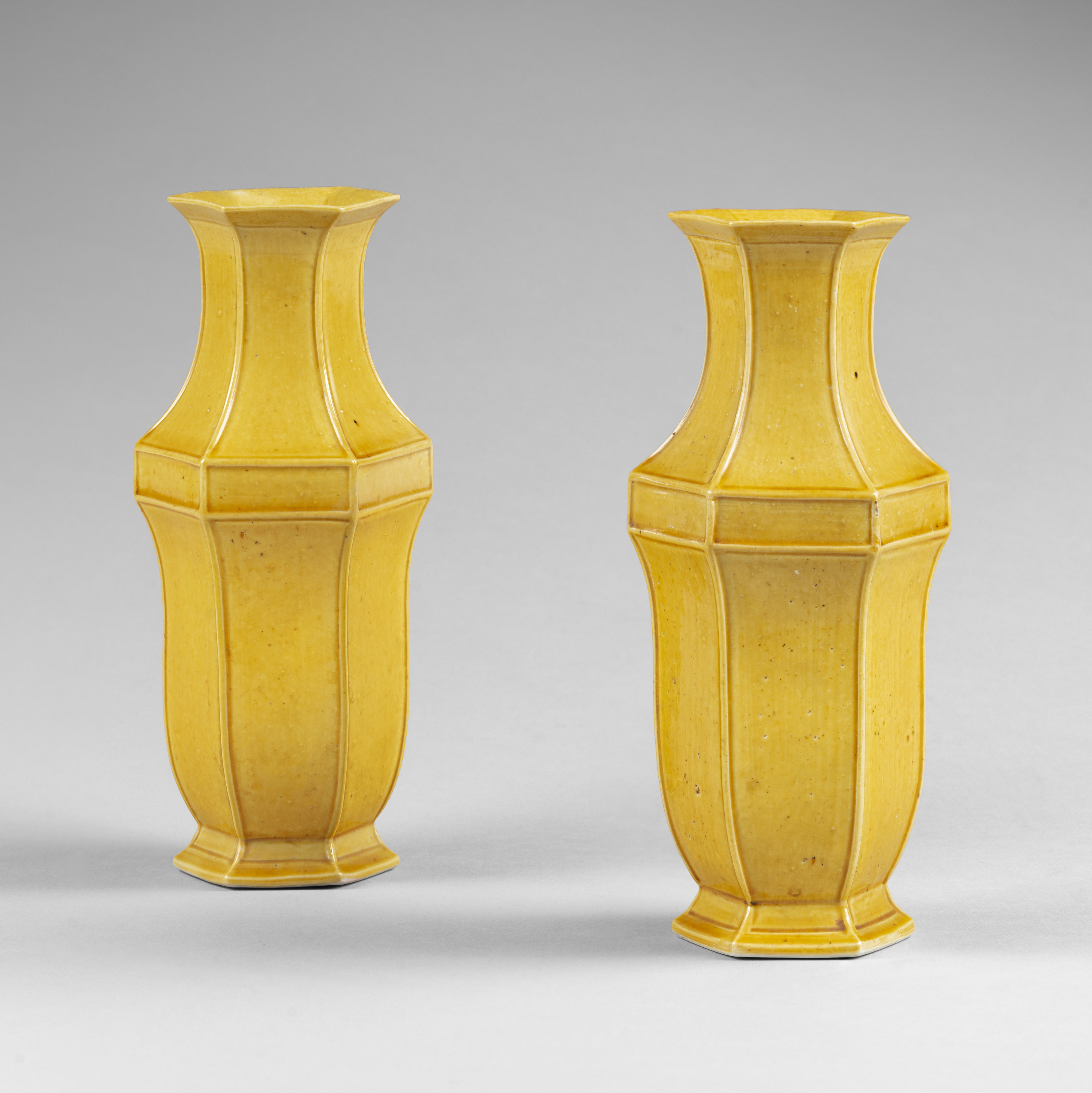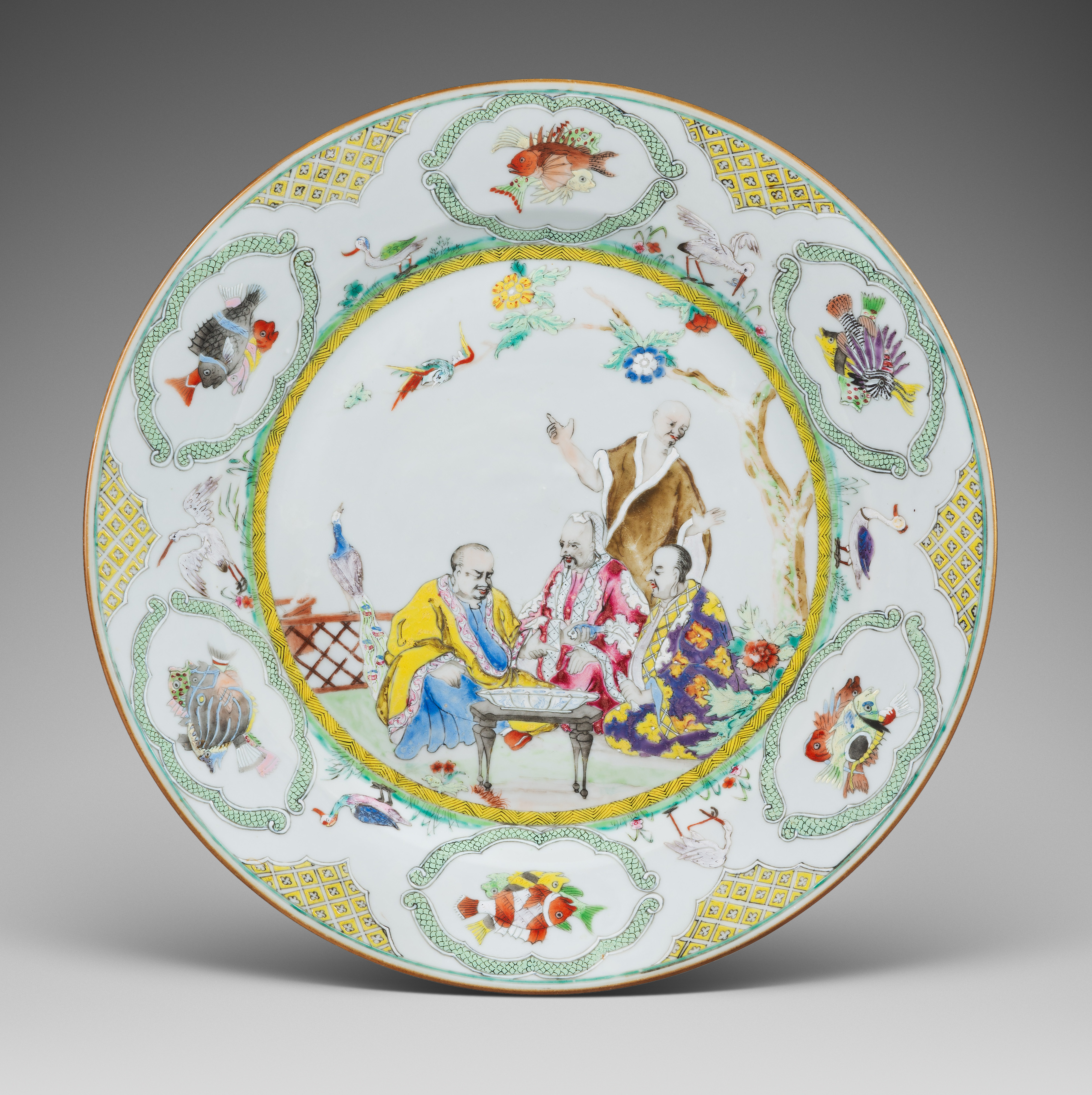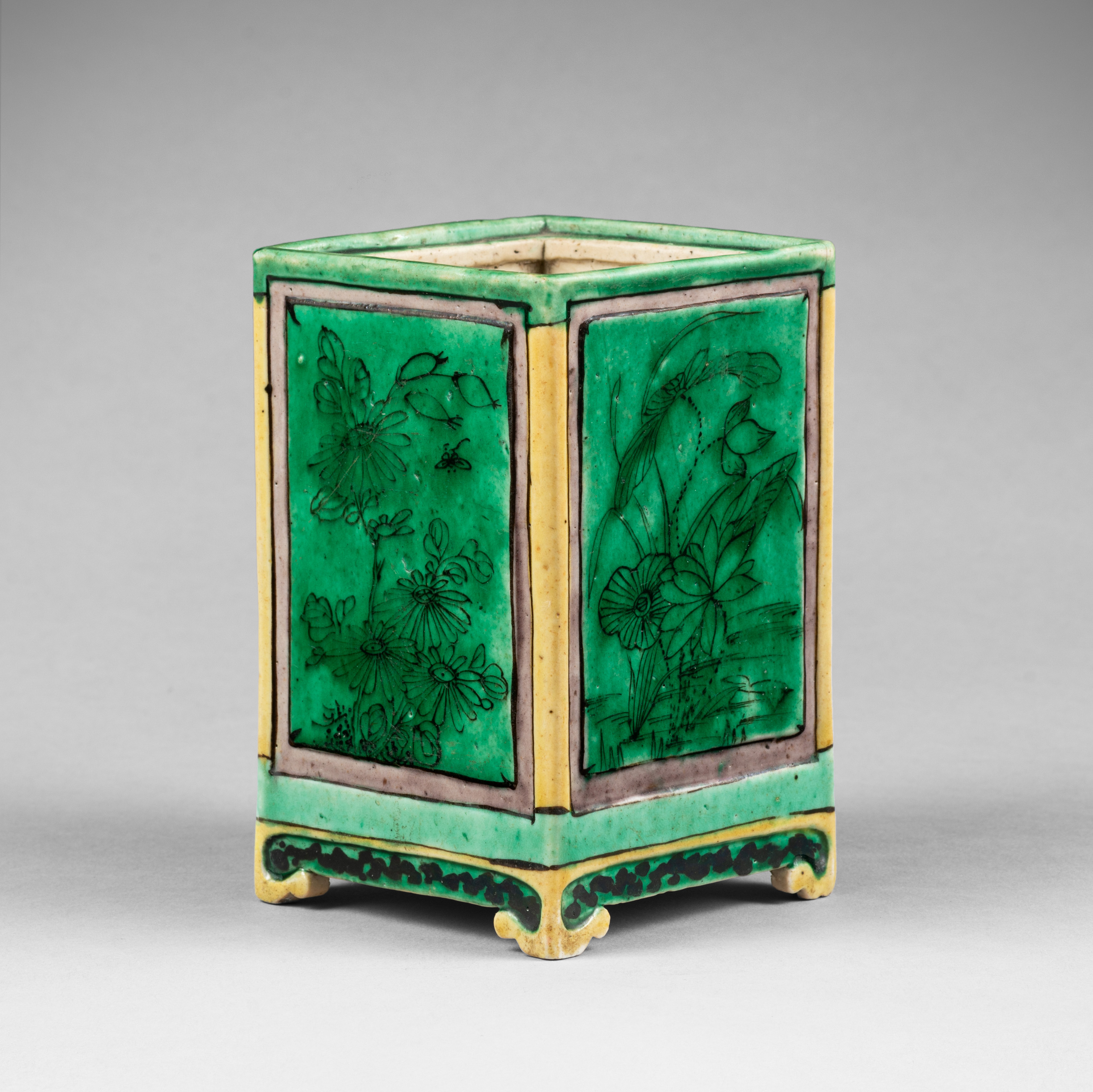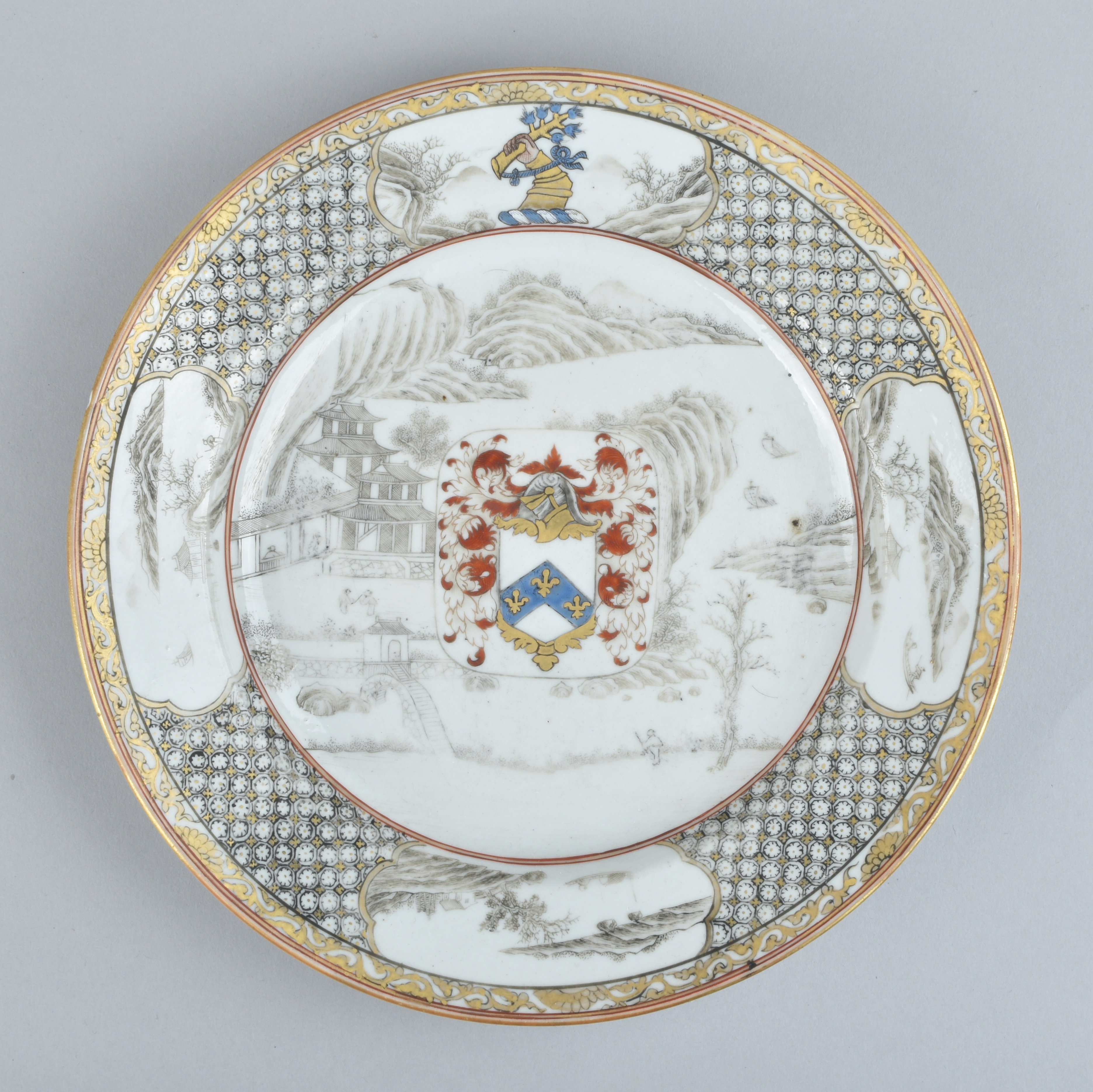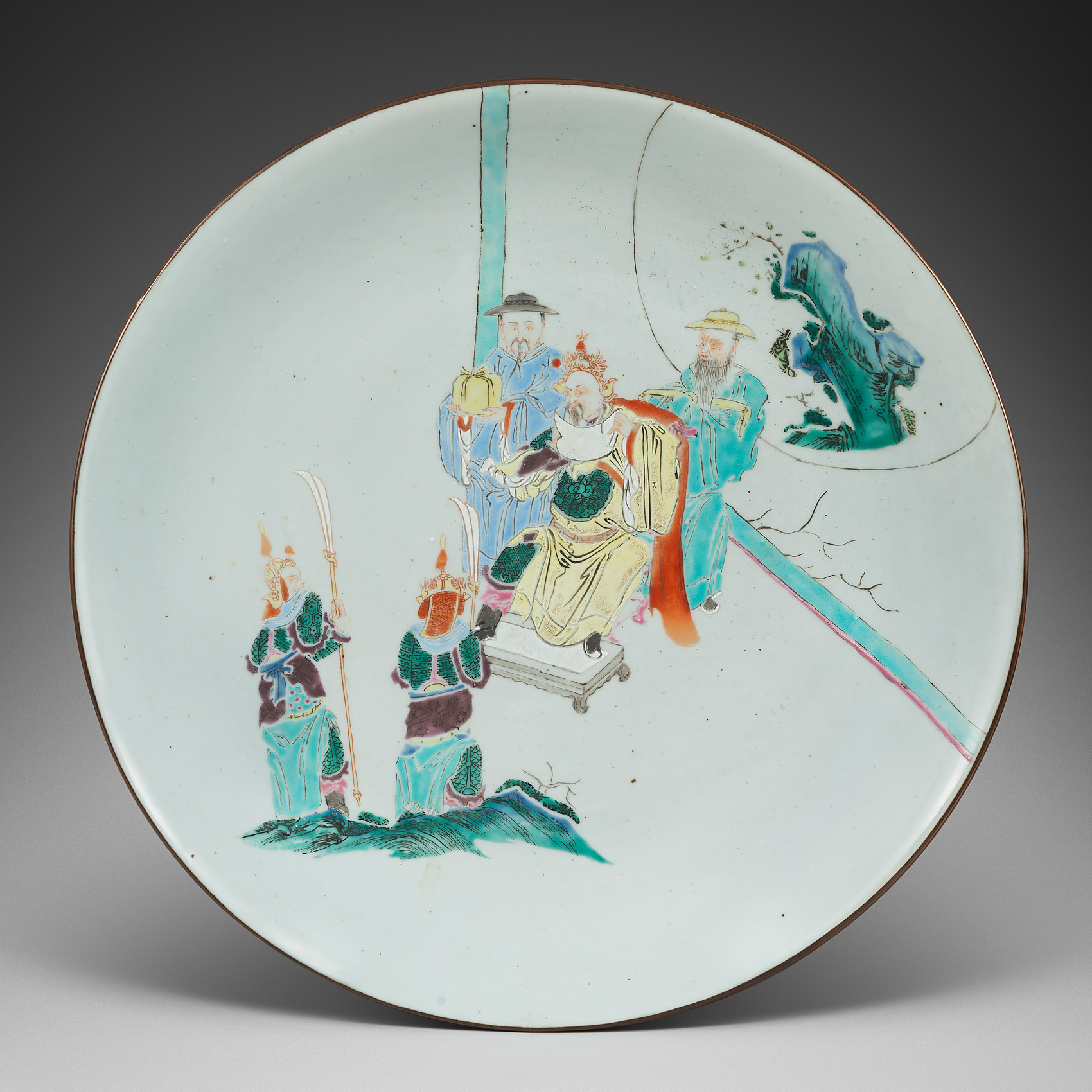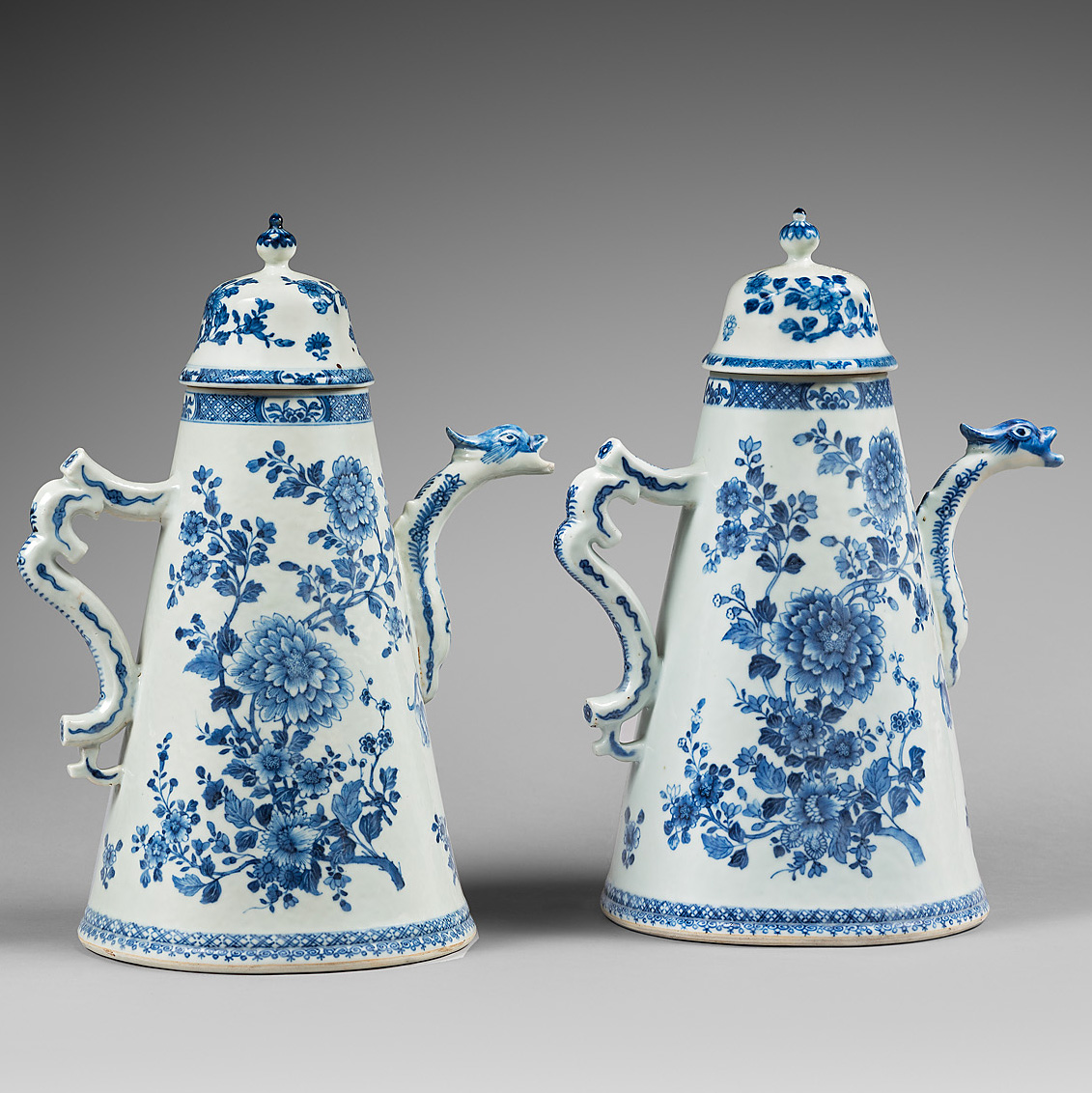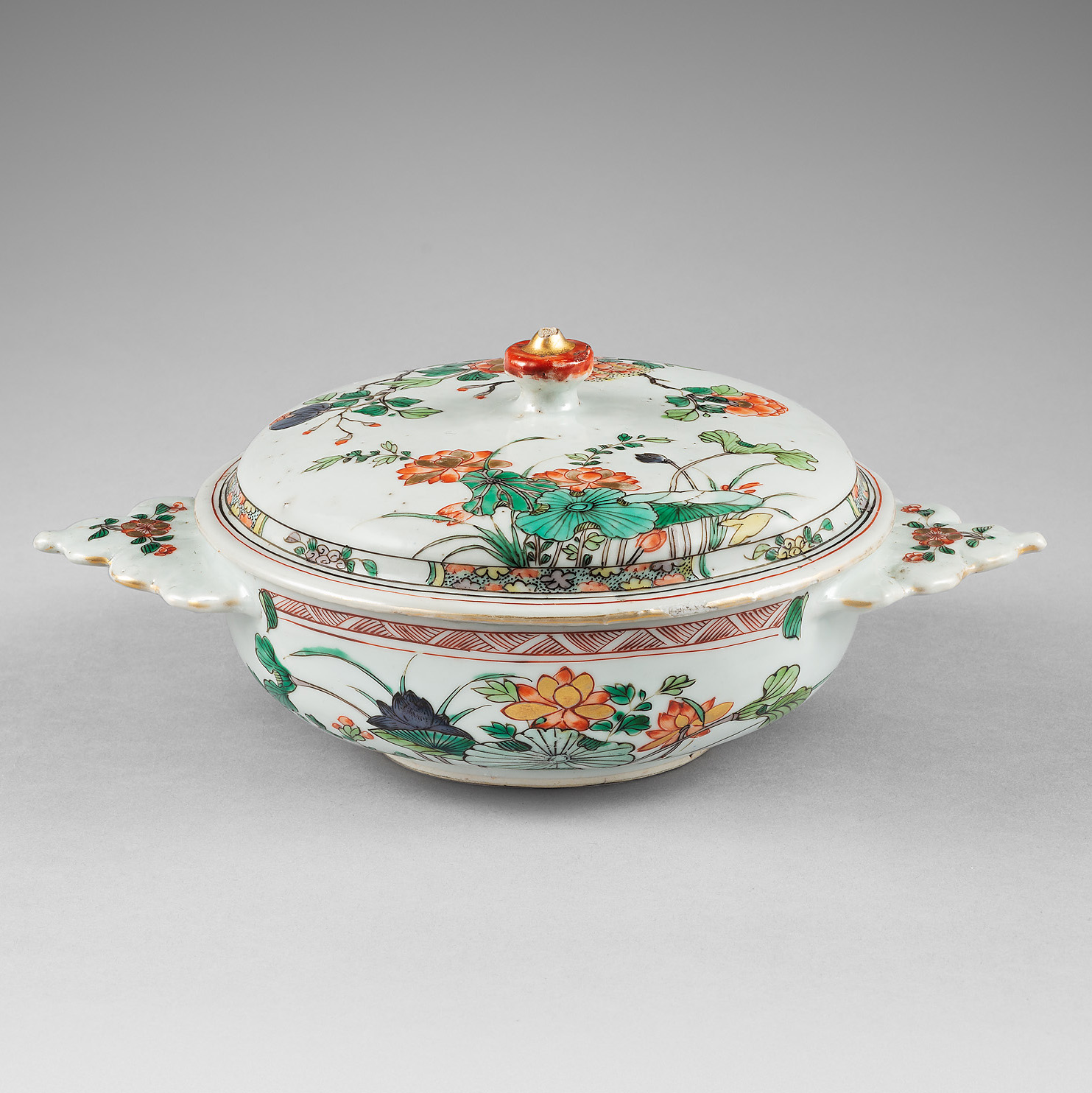
A very fine and large Chinese famille verte “écuelle à bouillon”. Kangxi
The circular bowl applied with two flat foliate flange handles at the rim, the exterior enameled with lotus and a tree peony growing from the base, the shallow domed cover similarly enameled around the floral finial.
- Country:
- China
- Period :
- Kangxi (1662-1722)
- Material:
- Porcelain
- Dimension:
- 26.5 cm
- Reference :
- E261
- Price:
- upon request
- Status:
- available
Provenance
From a French private collection
Related works
An identical écuelle à bouillon was sold at Christie’s London, Chinese Ceramics, Export and Works of Art, 8 june 2004, lot 348.
Another model, also enameled in green enamels, together with an Imari example, but with a different design are both illustrated in Cargaison de Chine – Porcelaines de la Compagnie des Indes au Musée de Lorient, 2002, p. 32, no. 6). There are also similar “écuelle à bouillon” painted in underglaze blue
Notice
The European form of this “écuelle à bouillon” is borrowed from the French silversmith models belonging to the reign of Louis XIV. The manufacturing of this type of “écuelle à bouillon”, having ears or two symmetrical horizontal handles attached to the top edge, was so widespread among master goldsmiths in Paris as well as in Provincial cities . An engraving by Crispin de Passe (1564-1637), entitled “Concordia” and dated to the first half of the 16th century, shows a family sitting at a table in a bedroom, which is set with ecuelles. One of the figures in this image picks up an écuelle with her hand, demonstrating the way in which they were meant to be used.
Ecuelles were often used in other areas of the house apart from the dining room, for less formal occasions such as breakfast, and then could also be given to sick people or nursing. They were sometimes accompanied by a stand. Size of the ecuelles increase during the 17th and 18th century. The porcelain factories in China, in response to Western orders, produced this type of non-Chinese dishes from during the reign of Kangxi ( 1662-1722 ).


